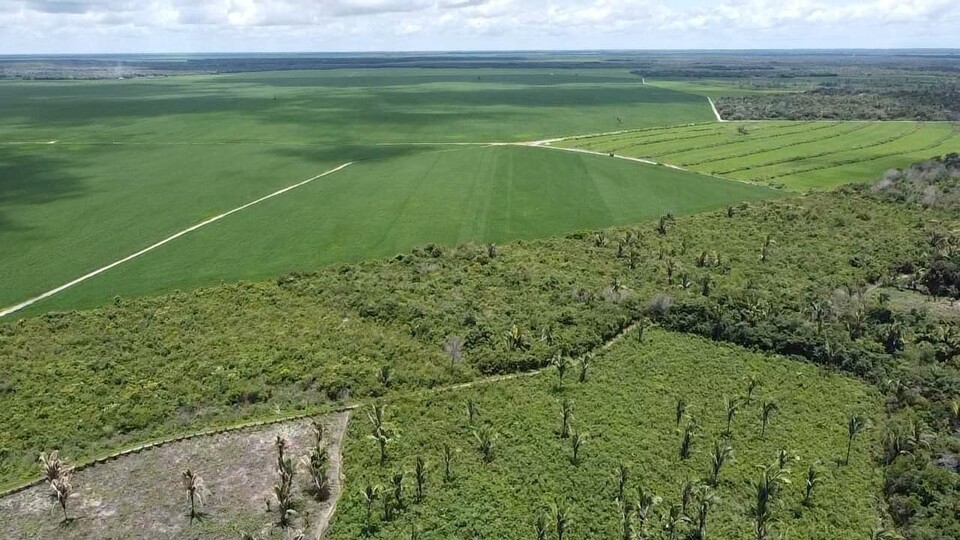
by Geitner Simmons | IANR Media
Developing countries around the globe face a challenge that pits economic growth against environmental protection. As they expand their agricultural production, they often convert forest into cropland and pasture. But the large-scale removal of trees weakens the world’s ability to prevent further climate deterioration and biodiversity loss.
Brazil presents a key example. The country is home to the world’s largest area of rainforest — some 1.2 million square miles, an area more than 16 times the size of Nebraska. The Amazon contains large tracts of rainforests that, when converted to agriculture, release a huge amount of carbon dioxide into the atmosphere, exacerbating climate change.
Increasing agricultural production is a national priority for Brazil, the world’s largest soybean exporter. Since the 1990s, agricultural encroachment has eroded major areas of the country’s rainforest. During 2015-19, the Amazon basin accounted for a third of the land converted for Brazilian soybean expansion.
A newly released four-year study by the University of Nebraska-Lincoln and its research partners in Brazil identifies a path forward that would allow Brazil to strengthen its agricultural sector while safeguarding the rainforest. The scientists’ recommendations have broad applicability to other developing countries facing a similar challenge.
“In the current context of high grain prices and food supply disruptions, we believe there is a critical need for major crop-producing countries to reassess their potential to produce more on existing cropland,” the authors wrote in an article published Oct. 10 in the journal Nature Sustainability. “Without an emphasis on intensifying crop production within the existing agricultural area, coupled with strong institutions and policies that prevent deforestation in frontier agricultural areas, it would be difficult to protect the last bastions of forests and biodiversity on the planet while being sensitive to the economic aspirations of countries to develop.”
Since 2000, moratoria and incentives have been used to slow deforestation in Brazil. However, sharply increased commodity prices and political pressure to quickly recover from combined impacts of the COVID-19 pandemic and war in Ukraine have placed the Amazonian rainforest under heightened threat. If current trends continue, Brazil will convert about 57 million acres to soybean production in the next 15 years, with about one-fourth of the expansion occurring in environmentally fragile lands such as rainforest and savannah.
Yet prohibiting cropland expansion would cost Brazil an estimated $447 billion in lost economic opportunity through 2035.
The study led by Patricio Grassini, Sunkist Distinguished Professor in Agronomy and associate professor in the Department of Agronomy and Horticulture at Nebraska, shows how it could be possible for Brazil to expand its agricultural production without converting more rainforest and savannah to crops. With a carefully managed strategy to intensify production on existing acres, the country could increase its annual soybean output by 36% by 2035 while reducing greenhouse gas emissions by 58% compared to current trends.
Continue reading at https://go.unl.edu/9hfo.
More details at: https://go.unl.edu/9hfo